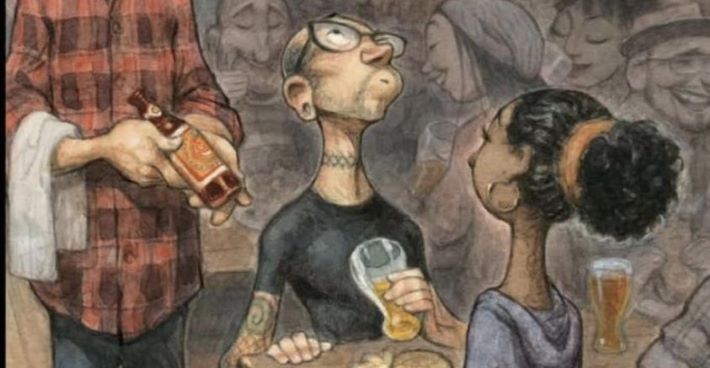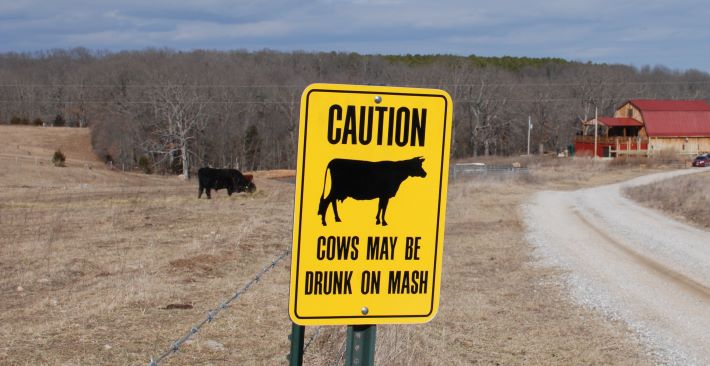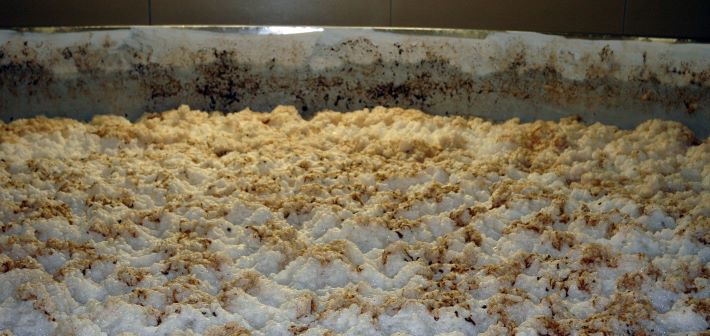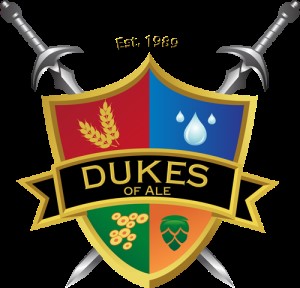
In September, Dave Infante interviewed writer Burkhard Bilger about his 2008 story in the The New Yorker “that would change the direction of craft beer forever.” Friday, Alan McLeod hauled out a 2014 cover from the magazine and wrote, “On reflection, this cover of the New Yorker that I posted nine years ago today (when it was first published) celebrated the peak of craft. Before the haze craze, before the glitter, before the buyouts and before the bursting bubbles . . .”
Before asking a few questions about “peak of craft,” two quick asides. First, Jeff Alworth was not particularly impressed in 2008 by The New Yorker story. Second, we are long, long time New Yorker subscribers and ardent readers. However, having lived in the central and mountain time zones a very long time, I think it is important not to overstate the cultural sway of a publication operating more than 1,100 miles from the population center of the United States.
Back to “peak of craft.” What does that mean? Is that peak sales? Peak quality? Peak choice? Peak cultural sway? And if the peak has come and gone, how does post-peak beer compare to post-industrial, postmodern, and post-Fordist beer?
Can’t wait until Thursday to see if McLeod has answers at A Good Beer Blog.
More to talk about
Are Beer Festivals a Waste of Time and Money?
This is, in fact, already a conversation — between Doug Veliky and Chris McClellan — readers can join, and a few have (see the comments).
What price a pint?
Tabol Brewing in Richmond, Virginia, is selling pints for $3.50 in its taproom. Alistair Reese writes:
“I also love the fact that Tabol don’t shy away from the fact that beer is the everyman drink rather than a niche product for the upper middle classes. I realise every brewery is different, and for many where their primary outlet is a brewpub, dropping prices so dramatically might not be possible given the added overheads of being a restaurant. But where a brewery’s taproom is exactly that, a place to drink a brewery’s beer, in situ, as fresh as fresh could possibly be, without the additional logistical steps that drive up the price, then cheaper than draft or packaged retail should be the norm.”
This lead me to ask on Bluesky (I might have an available invite code if you are interested) if c***t beer really is the everyman drink or if it is, in fact, a niche product for the upper middle classes?
But how did everybody else rate them?
Untappd’s 13 Beers With the Most 5-Star Check-Ins of 2023
Hop Culture posted the list Friday, leaving me to wonder about the average assessments of these beers. Is it more impressive that King JJJuliusss has 2,382 5-star check-ins or an average rating of 4.70? If the lowest rating were 4.0 that still means there were 7 5-star check-ins for every 4-star. So, because I was curious, here are the 13 listed, with the number of 5-star check-ins followed by the average rating:
Pliny the Elder 9,057 (4.50)
Heady Topper 7,570 (4.53)
Westvleteren 12 4,167 (4.50)
Duvel 3,625 (3.73)
Zombie Dust 3,441 (4.24)
Focal Banger 2,761 (4.40)
King JJJuliusss 2,382 (4.70)
Spotted Cow 2,377 (3.89)
Weihensteophaner Hefeweissbier 2,337 (3.78)
King Julius 2,306 (4.62)
Orval 2,149 (3.69)
Samuel Adams Octoberfest 2,147 (3.61)
Pliny the Younger 2,085 (4.65)
That’s five beers at 3.89 or lower and eight at 4.24 or higher.
Question of the day
Why don’t more Texans drink Jester King beer?
Jester King only sells about 17% of its beer in Texas, the brewery’s home state, which is very big.
You might also enjoy
Given the number of entries I will forego descriptions/comments. Be brave, click away.
– The first queer/Women-of-color owned tabletop role-playing game brewery in Portland
– Mosaic Taphouse fuses LGBTQ, Filipino, Vietnamese, & Craft Beer Culture
– Impressions of Berlin: a tale of 5 pilsners
– A very biased guide to Berlin beer and pubs
– The right cheap beers for any occasion or activity
– The Future of Craft Beer
– Bathroom Essentials at Breweries Have Come a Long Way
– Japanese brewer fined for selling “imitation beer”
 Piney River Brewing in the early days (before expansion)
Piney River Brewing in the early days (before expansion)
 “Learn to Homebrew Day” began as “Teach a Friend to Homebrew Day” in 1999. One year shortly after that the Dukes of Ale of Albuquerque, the homebrew club I was a member of, hosted an event at a local brewery that most accurately could have been called “Here Are Some Ways to Make Beer at Home.”
“Learn to Homebrew Day” began as “Teach a Friend to Homebrew Day” in 1999. One year shortly after that the Dukes of Ale of Albuquerque, the homebrew club I was a member of, hosted an event at a local brewery that most accurately could have been called “Here Are Some Ways to Make Beer at Home.”